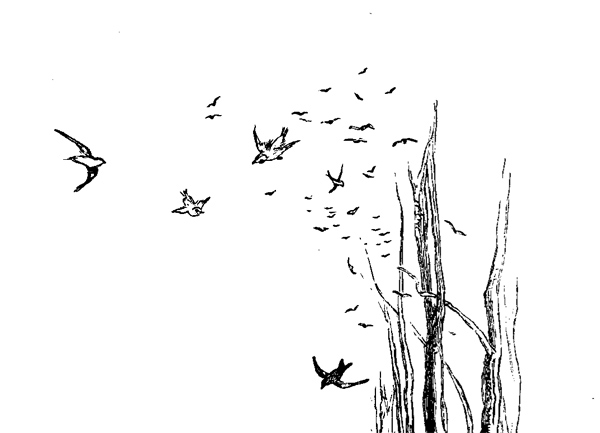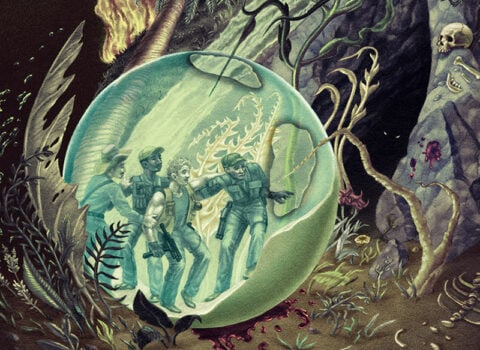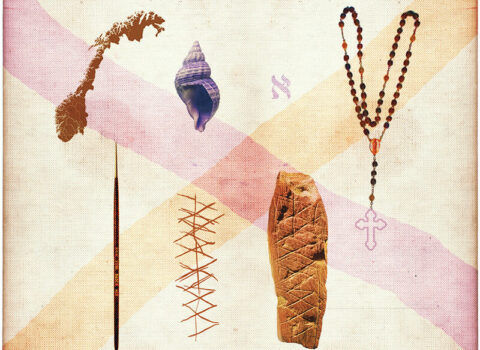
Monday, I mentioned close reading as a practice indivisible from literary criticism. The thought was sparked by a letter I’d just received in response to an essay of mine in The New York Review of Books on Toni Morrison’s latest novel, A Mercy. To give you a little context on the reader’s letter, here’s a paragraph that he referenced from Morrison’s novel:
One day… an eagle laid her eggs in a nest far above and far beyond the snakes and paws that hunted them. Her eyes are midnight black and shiny as she watches over them. At the tremble of a leaf, the scent of any other life, her frown deepens, her head jerks and her feathers quietly lift. Her talons are sharpened on rock; her beak is like the scythe of a war god. She is fierce, protecting her borning young. But one thing she cannot defend against: the evil thoughts of man. One day a traveler climbs a mountain nearby. He stands at its summit admiring all he sees below him. The turquoise lake, the eternal hemlocks, the starlings sailing into clouds cut by rainbow. The traveler laughs at the beauty saying, “This is perfect. This is mine.” And the word swells, booming like thunder into valleys, over acres of primrose and mallow. Creatures come out of caves wondering what it means. Mine. Mine. Mine. The shells of the eagle’s eggs quiver and one even cracks. The eagle swivels her head to find the source of the strange, meaningless thunder, the incomprehensible sound. Spotting the traveler, she swoops down to claw away his laugh and his unnatural sound. But the traveler, under attack, raises his stick and strikes her wing with all his strength. Screaming she falls and falls. Over the turquoise lake, beyond the eternal hemlocks, down through the clouds cut by rainbow. Screaming, screaming she is carried away by wind instead of wing.
One character tells this fable as a bedtime story, and I cited it in the essay to the end of discussing Morrison’s own, larger project in A Mercy—a novel about America’s beginnings that I found rampantly unconvincing. To corroborate my findings, I spent a fair amount of essayistic space picking out moments in Morrison’s prose where her characters were presented with such stylistic variance as to become incoherent as fictional beings. Much of the piece, therefore, was a close reading of the ways that Morrison’s novel can be said to fail along aesthetic lines.
But, I learned via the mail, there’s close reading, and then there’s close reading. For while, to my mind, the language of the fable above seemed—unlike that in much of the rest of the book—appropriately undistracting, Jack Kligerman, a Professor Emeritus of English who taught at Lehman College, CUNY, for 35 years, wrote to say that the passage actually contains a real whopper if you know a thing or two about birds.
Though the scene above is told by a native American in the late 1680s, Mr. Kligerman, also a birder and photographer, informed me that starlings wouldn’t have been in North America for another 200 years. As you can learn, starlings only arrived in North America in 1890, thanks to “a group dedicated to introducing to America all the birds mentioned in Shakespeare’s works” and which released one hundred European Starlings into Central Park.
A lone anachronism, of course, isn’t going to murder any serious work of art, any more than an error in local color can dependably kill our interest (the first page of Kafka’s Amerika: The Missing Person features a Statue of Liberty in whose raised hand not a lantern but sword is held aloft). But what is interesting to me in Mr. Kligerman’s get is how a detail of fact in a historical fiction was to him as distracting as my own concerns were to me. So many things, is the upshot, can reasonably take a reader out of a reading experience. Novelists should always be their own closest readers, and the best of them typically are.
































































































